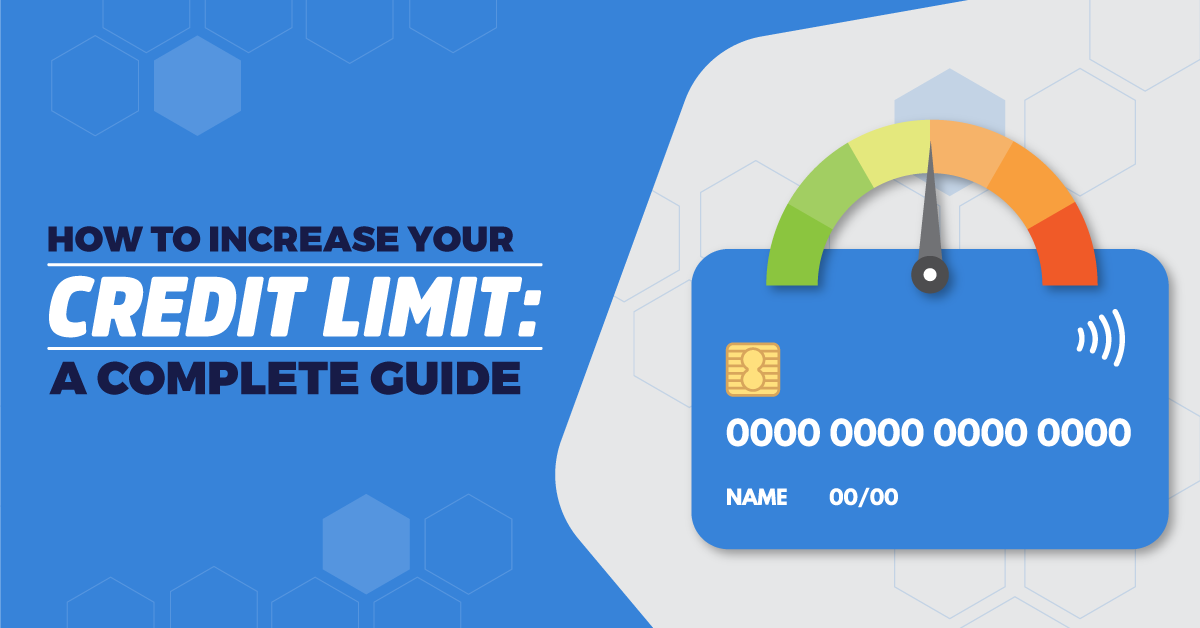
Boosting your credit score doesn’t always mean taking drastic steps. One effective way to improve it is by requesting a credit limit increase. A higher limit can lower your credit utilization ratio—one of the most significant factors in your credit score calculation. Here’s a step-by-step guide to help you navigate the process of requesting a credit limit increase and how it can positively impact your score.
1. Understand How a Credit Limit Increase Can Help
Your credit utilization ratio is the percentage of your available credit that you’re using. The lower the ratio, the better for your score. For example, if you have a $1,000 limit and a $500 balance, your utilization is 50%. If your limit is increased to $2,000 and you maintain the same $500 balance, your utilization drops to 25%. Keeping your utilization under 30% is recommended for a healthy score.
2. Know When to Request a Credit Limit Increase
Not everyone is eligible for a credit limit increase at any given time. Here are some signs you might be ready:
- Consistent On-Time Payments: Credit card issuers favor customers who have a history of paying their bills on time. Consistency shows you’re responsible with your credit.
- Strong Credit Score: A higher score will make it more likely that the credit card company will grant your request. Typically, a score above 680 is seen as a good indicator of creditworthiness.
- Increased Income: If your income has recently increased, it’s a good time to request a higher limit, as issuers take your income into account when determining your credit line.
3. Steps to Request a Credit Limit Increase
Step 1: Review Your Credit Report and Score
Before reaching out to your issuer, ensure your credit is in good standing. A credit score below 650 may result in a denied request or even a reduced credit limit, so it’s essential to know where you stand.
Step 2: Check Your Issuer’s Policy
Different issuers have varying policies on credit limit increases. Some allow you to request increases online or via the app, while others may require a phone call. Make sure you understand their requirements and process before proceeding.
Step 3: Gather Important Information
When requesting an increase, the issuer will likely ask for:
- Your current income
- Employment status
- Monthly housing expenses
- Any significant changes in your financial situation
Be prepared with accurate information to strengthen your request.
Step 4: Make the Request
Once you’re ready, submit your request either online, through the app, or by calling customer service. Remember to ask for a reasonable increase—doubling or tripling your credit limit may raise red flags. A more modest increase is often more likely to be approved.
4. Consider the Potential Drawbacks
While a credit limit increase can lower your credit utilization and improve your score, there are some risks involved:
- Hard Inquiry: Some issuers may perform a hard inquiry when processing your request, which can temporarily lower your score by a few points.
- Temptation to Spend More: Having more available credit can lead to higher spending if you’re not careful, potentially leading to more debt.
5. What to Do If Your Request Is Denied
If your request is denied, don’t be discouraged. Instead, focus on improving the factors that may have led to the denial:
- Improve Payment History: Ensure you’re making payments on time and reducing any existing debt.
- Increase Your Income: If your financial situation improves, you can reapply later.
- Wait It Out: Sometimes, it’s simply a matter of waiting a few months, especially if your account is relatively new.
6. Alternative Ways to Lower Your Credit Utilization
If your request for a limit increase is denied or you prefer not to ask for one, you can still reduce your credit utilization by:
- Paying Down Balances More Frequently: Instead of waiting for your bill to be due, make multiple payments throughout the month to keep your balance low.
- Spreading Debt Across Cards: If you have multiple credit cards, try to spread your balances evenly so that no single card has a high utilization rate.
Final Thoughts
A credit limit increase can be a powerful tool for boosting your credit score, especially if you use it responsibly. By reducing your credit utilization ratio, you’re improving one of the key factors in your credit score calculation. Before you make the request, ensure your credit report is in good standing, you’ve been a responsible borrower, and you have a clear plan for managing the additional credit responsibly.
By following these steps, you’ll be well on your way to increasing your credit limit—and seeing a positive impact on your credit score!
Need help managing your credit? Contact us here at JDP Credit Solutions for expert advice on improving your credit score and managing your financial health!
